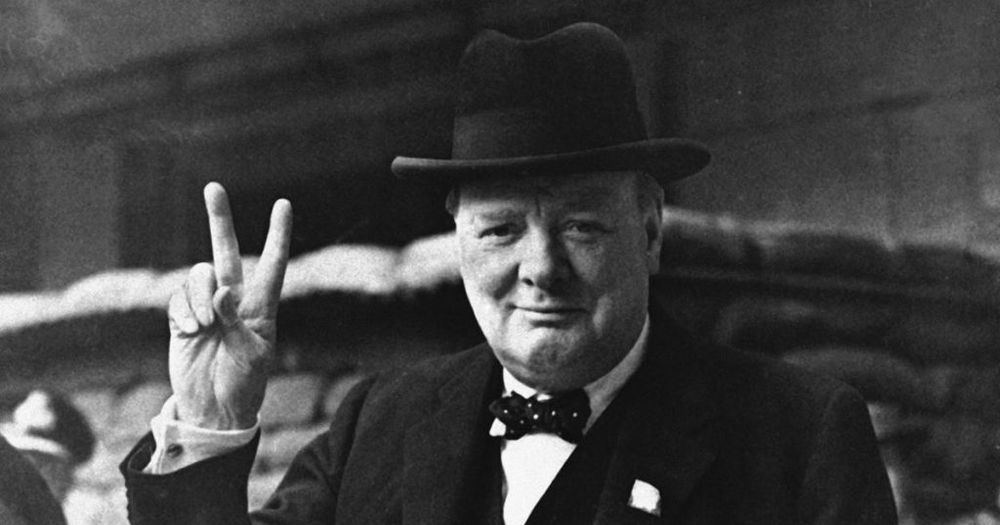You might have an award winning best quality product but unless you know how to promote it through storytelling then you won’t get as far as you could, says Nicole Soames of Diadem Performance.
When it comes to selling wine, storytelling is an invaluable tool to help you influence your customers on an emotional and commercial level to say “yes”. Since the creation of language, stories have been at the root of our ability to communicate and understand what is going on in the world around us. Stories capture our attention and engage us in a way that facts and figures never do.
Research shows we are 63% more likely to remember a story than we are a fact. It’s not surprising Rudyard Kipling once remarked: “If history were taught in the form of stories, it would never be forgotten.”

Steve Jobs and Apple: masters in storytelling
What’s in it for you
The secret to creating an engaging and compelling selling story that helps you stand out from the competition is to make sure you tell your customer what’s in it for them. It can be all too easy to focus on your particular product, telling stories about the type of grapes, the history of the vineyard etc. However, to truly inspire your customer you need to communicate why they should say “yes” to your proposal by showing them how you can help them meet their particular needs.
The crux of your selling story needs to demonstrate you have clearly understood their specific challenges and how buying your wine can help them commercially.
With this in mind, here are five storytelling techniques to help you build a connection with your customer so you can win their hearts and minds.
Five steps to take
1 Use analogies: a great example of this is when Steve Jobs said: “A computer is the equivalent of a bicycle for our minds”. Or when Nelson Mandela described South Africa as the “Rainbow Nation”. This use of soundbytes helps you connect with others on an emotional level, enabling you to stand out from the crowd.
2 Ask a rhetorical question: such as: “So why should you buy organic wine?” This figure of speech is a useful device to help prompt your customer to think. It also enables you to introduce and communicate important messages.

There is much we can learn from famous speeches and why we remember them
3 Use reiteration: repetition is an effective way to land a key point. Winston Churchill showed the power of this when he famously said: “We shall fight on the beaches. We shall fight on the landing grounds. We shall fight in the fields, and in the streets, we shall fight in the hills. We shall never surrender.” So, take the time to prepare your key messages ahead of time and don’t be afraid to repeat them in order to emphasise their importance.
4 Paint a picture: use visuals to bring your story to life, but remember this shouldn’t replace key data or insight. For example, you could include images of people enjoying your wine in relevant settings to help engage your customer.
5 Refer to third parties: making a comparison to a third party is an effective way to introduce a different perspective and establish credibility. This could be naming any awards you have won or mentioning successes that other restaurants or buyers have had from buying your wine portfolio.
Finally, it’s important to remember that learning how to sell an engaging story that resonates with your customer can be easier said than done. Just like developing any new skill, it takes hard work and commitment to master the art of storytelling.
So, try rehearsing your story with a colleague or trusted friend ahead of your meeting and ask for their feedback.Practice really does make perfect.By weaving these techniques into your daily life, you will soon reap the rewards of improved performance.
As Steve Jobs famously said: “The most powerful person in the world is the storyteller. The storyteller sets the vision, values and agenda of a whole generation to come.”
































